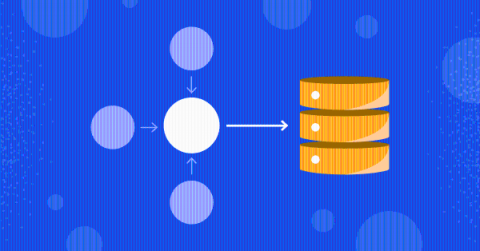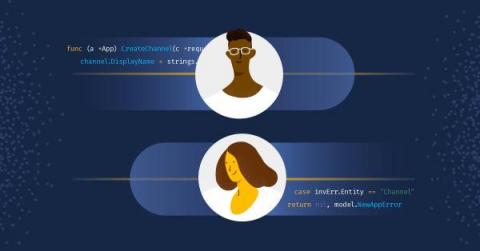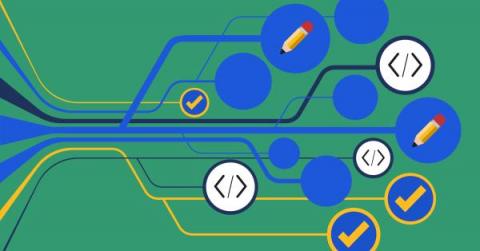How We Use RPC to Share Database Connections and Scale our Multi-Product Architecture
The database/sql package in the Go standard library maintains a pool of connections so that all queries going through a single *sql.DB instance will reuse the same pool. This is great because you get a connection pool out of the box. But what if you need to share the same connection pool across processes? How do you use the same API in different processes but still reuse the same pool?








